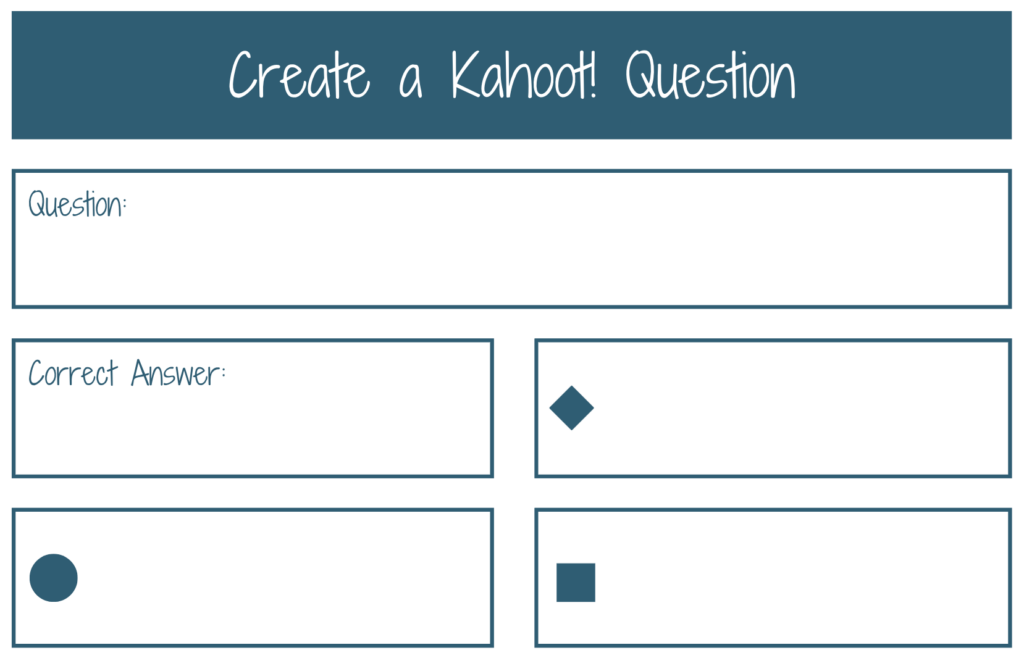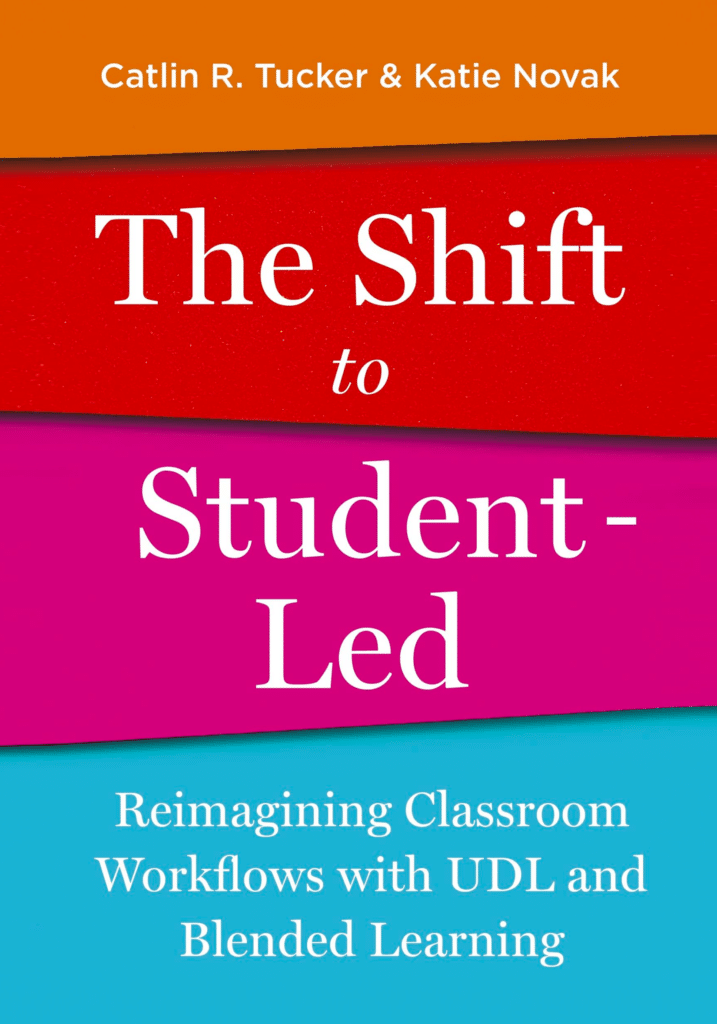Spend less time preparing for tests!
Generating high-quality review materials and engaging review games takes time. It is also a cognitively challenging task since it requires thinking about the key concepts in a unit or learning cycle and producing a collection of questions to guide students in recalling information and developing a deeper understanding of the material. This is an unsustainable practice for teachers, especially if they must create review activities for multiple subjects or classes. This teacher-led workflow also robs students of the opportunity to drive their learning and engage in more meaningful review activities.
Other Problems with Traditional Approaches to Review and Retrieval Practice
- Review and practice are often focused on preparing for an exam instead of being treated as an integral part of every class.
- Review and practice often encourage rote memorization instead of requiring that students develop adaptability and flexibility.
- The teacher does the lion’s share of the work by creating review questions and practice activities for retrieval practice.
- A single review game or study guide does not provide “spacing” or repeated exposure to vocabulary, concepts, or skills.
- The person generating a review game, practice problems, or study guide does the critical thinking.
Shifting to a Student-led Approach to Creating Review
When students are given a chance to create their review questions, games, or guides, they are more likely to internalize the material and think critically about it. This fosters a deeper understanding of the material and encourages students to take ownership of their learning. By taking a more student-centered approach to review, teachers can help students become more active participants in the learning process, leading to higher levels of engagement and improved academic outcomes.
Instead of spending hours designing study guides or review activities and games, teachers should shift this cognitively challenging task to learners! Not only will this save teachers time, but it will engage students in the valuable process of looking through their notes and materials to identify important concepts, strategies, processes, and skills they believe they will need to know to perform successfully on an assessment.
In The Shift to Student-led, Dr. Novak and I highlight how teachers who regularly engage students in making their own review materials and study guides can incorporate the powerful evidence-based learning strategies of retrieval practice, spacing, interleaving, and feedback-driven metacognition (Agarwal & Bain, 2019).
Retrieval Practice
Retrieval practice involves actively recalling information from memory. When students create their review questions and games, they practice retrieval since they are actively recalling information from memory. They can create review games using platforms like Quizizz and Kahoot! Not only do they need to retrieve information when they make a game for their peers, but they must also use this strategy when they play the review games that their peers have produced.
Spacing
Spacing refers to the practice of spreading out study sessions over time. Spacing can be easier to incorporate into a class if students can create their own study schedules and review materials. By doing so, they can spread their study sessions over time and avoid cramming. If students are helping to produce review materials, there will be more review games and activities to choose from, which means they can be a regular and reoccurring part of the class. This is much more effective than having a single Jeopardy review game before an exam.
Interleaving
Interleaving involves studying multiple topics in a randomized order. Interleaving is also more likely to occur when students are engaged in creating their review materials since they can choose to study multiple topics in a randomized order. The materials created by the class can also be mixed up to give students randomized review over time.
Feedback-driven metacognition
Feedback-driven metacognition involves reflecting on one’s learning progress and receiving feedback from others. Teachers can build feedback loops into the process of designing review materials. For example, as students learn how to generate review games, activities, and choice boards for each other, teachers can include a peer feedback process where students critique each other’s review activities, complimenting strong elements and offering suggestions for improvement. Then students can reflect on what they learned from the feedback and how they will incorporate it into future review activities.
By involving students in creating their own review materials and study guides, teachers can facilitate these four powerful learning strategies and promote deeper understanding and long-term retention of the material. To learn more about this shift, check out our new book, The Shift to Student-led. Complete this form if you want a discounted bulk order of 10 or more books.





One response
I have had student’s create their review game and running the sessions using Kahoot and Jeopardy for a couple of years now. I have been on the look out lately for other game ideas that students can create their own reviews. I am looking forward to trying the choice board idea and station rotations for students to create a review and have the student’s come up with different ideas and activities for reviews